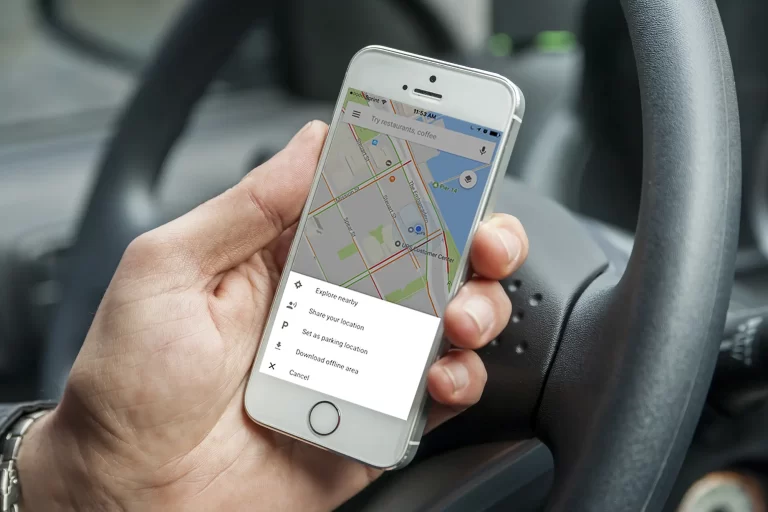Healthcare is a fundamental human right that anyone, both rich and poor, needs. Whatever happens, you need to have your health issues checked by reliable healthcare professional. If you get into a severe accident, doctors or hospitals are not allowed to turn you down if they see that you’re suffering and need urgent emergency care. That’s why emergency rooms are an essential part of any healthcare facility because this is where patients are brought in for initial medical care. But sometimes, traditional ERs don’t provide the help that many patients need for many reasons.
If you’re searching for a reliable facility that can give you the help you need, then a freestanding emergency room is the best bet. They have the same services as a traditional ER, but it has more benefits, which you can learn here. Know what a freestanding ER is and what is its difference from a traditional ER.
Freestanding Emergency Room: What is It?
Suppose a traditional emergency room is a facility that’s located in a hospital. In that case, a freestanding ER is a facility that provides medical services to patients outside a regular hospital campus. You must remember that a freestanding ER isn’t located near a hospital, and it’s not the same as an urgent care center. Instead, it treats its patients the same as any traditional ER would. They can treat any significant injuries, the same as a traditional ER. On the other hand, an urgent care center can only treat minor injuries or illnesses.

You can usually find these facilities in rural areas, which are generally far from larger hospitals. But these days, you can find them in neighborhoods to make traveling for patients short. And these can either be owned by a private organization or a hospital. If a hospital owns it, the staff of that same hospital will be assigned in these places. Many states also prohibit private-owned freestanding ER, and a health system or another hospital primarily owns them.
Differences of a Freestanding ER & A Traditional ER
Bith a freestanding ER and a traditional ER operate 24 hours a day, every day. There are emergency doctors, nurses, laboratory techs, and radiology techs. Most importantly, they both handle life-threatening health issues, such as heart attack, respiratory problems, bleeding, and more. But both of these facilities also have their differences. For example, a freestanding ER will need to transport you to a hospital if you need to be admitted, and this transport can be swift for some severe cases. On the other hand, a traditional ER already has access to inpatient admissions.
Most people who walk to freestanding Ers are also walk-ins, consisting of about 95% of the patients. That means they visit the ER on their own rather than being transported by an ambulance. Aside from that, they have shorter wait times and provide overall higher patient satisfaction. That’s why many patients prefer to go to a freestanding ER to get urgent care rather than go to a traditional ER with long wait times.










